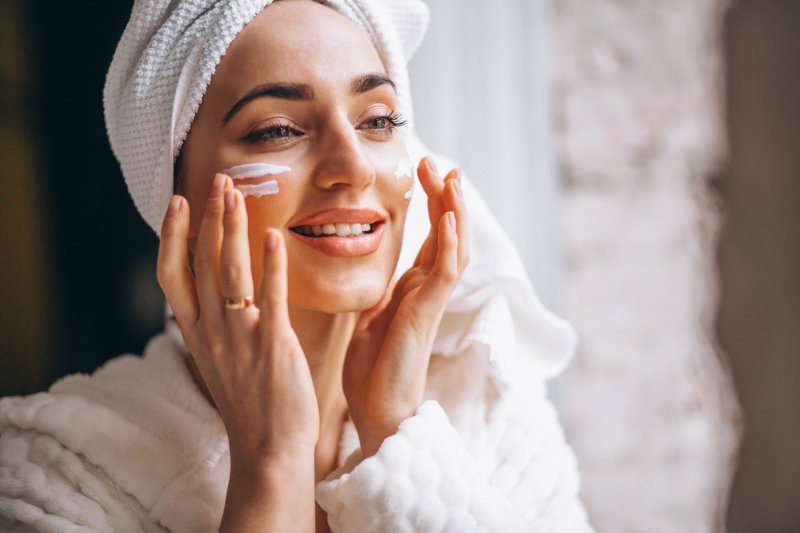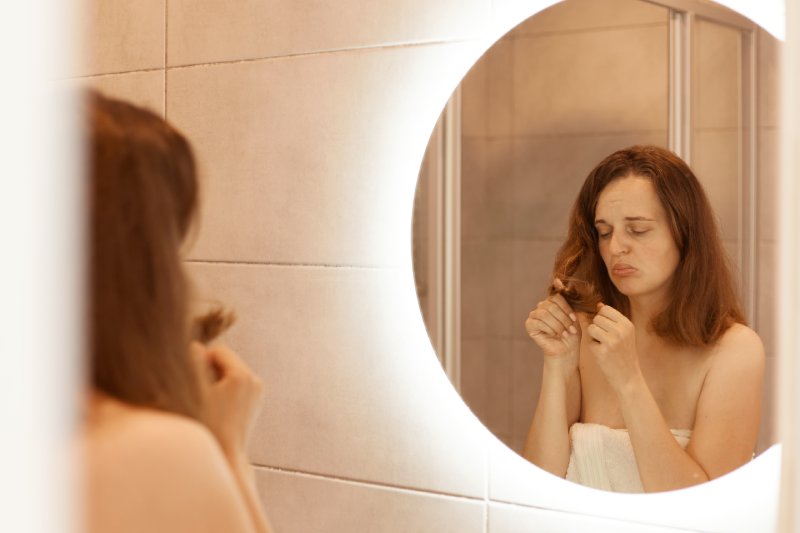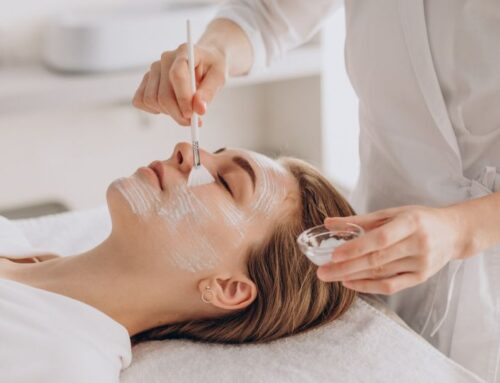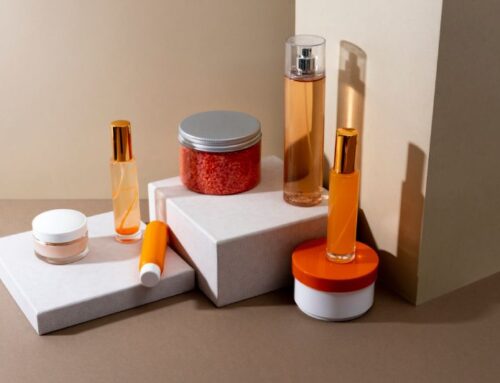Glycolic Acid-the exfoliant star that targets texture and tone in a fell swoop. Here is everything you need to know.
What is Glycolic Acid?

Glycolic acid is an alpha hydroxy acid (AHA) obtained from sugar cane. It naturally occurs in certain fruits and beets as well. In clinical settings, glycolic acid use may be derived synthetically rather than from natural sources.
Glycolic acid has the tiniest molecular structure within its group, which likely allows it to penetrate deeper skin levels than other AHAs with larger molecule sizes (like lactic acid).
What does it do for the skin?
Glycolic acid is the most widely used AHA in the skincare sphere due to these following science-backed properties.
Exfoliative: First and foremost, glycolic acid is an exfoliant. When applied to the skin, glycolic acid dissolves the ‘cement’ between dead cells and removes the skin’s outermost layer by peeling the skin without harsh scrubbing. This chemical exfoliation instantly reveals smoother and more even skin, improves cell renewal, and helps unclog pores controlling acne. It also instantly brightens skin and helps fade dark spots and hyperpigmentation in the long run.
Anti-aging: Glycolic acid addresses the signs of aging in addition to its exfoliating effect that flattens the skin’s surface making deep fine lines and wrinkles appear more shallow and less visible. It stimulates fibroblasts in the dermis and promotes collagen synthesis that enhances the elasticity and firmness of the skin. Glycolic acid treatments also increase skin levels of hyaluronic acid, which leaves skin hydrated, and instantly plumped. These topical applications of glycolic acid also reduce sun damage.
Humectant: Glycolic acid is also acts as a humectant. It attracts and binds water to the epidermis by boosting glycosaminoglycans synthesis.
Antibacterial: A recent study suggests that glycolic acid can control the growth of bacteria at certain concentrations.
Does glycolic acid have benefits for the scalp/hair?

Glycolic acid hair and scalp treatments help boost healthy hair growth because it helps create a healthy environment for growth and increase cell turnover. In the same way, glycolic acid works on the skin; it dissolves the dirt buildup and dead skin cells that disrupt the healthy function of the hair follicle. This exfoliation also improves flaking and itchiness associated with dandruff.
Moreover, the research found that adding glycolic acid to hair improved protection and manageability by conditioning, moisturizing, and strengthening while preventing breakage. These studies also revealed glycolic acid helped hair to maintain its moisture and stay stronger at high temperatures like heat styling. More lubricity to hair created less friction and tangles and overall better manageability.
Can you use a glycolic acid-based serum or exfoliator?
When it comes to hair care, the terms glycolic acid-based serum or exfoliator are used interchangeably. But generally, the serum is a daily leave-on product, and the exfoliator is a weekly rinse-off product. And the serum contains a lower percentage of glycolic acid compared to the exfoliator.
Most experts recommend weekly rinse-off treatments because it may damage follicles by applying glycolic acid too often. However, glycolic acid might not be for every scalp type, so consult a dermatologist before adding it to your routine.
What precautions to keep when using the formula on the scalp?

Carry out a patch test when you use it for the first time.
It is strongly advised not to use glycolic acid topical if the skin on your scalp is red, swollen, irritated, or infected.
Using glycolic acid incorrectly can potentially lead to irritation and sensitivity. Use as instructed.
Are there any side effects or risks?
Glycolic acid can offer great benefits. But long-term use of acid can be harmful, so apply it only as your doctor suggests.
Common side effects of glycolic acid include dry skin, redness, burning sensation, itching, irritation, and rash.



